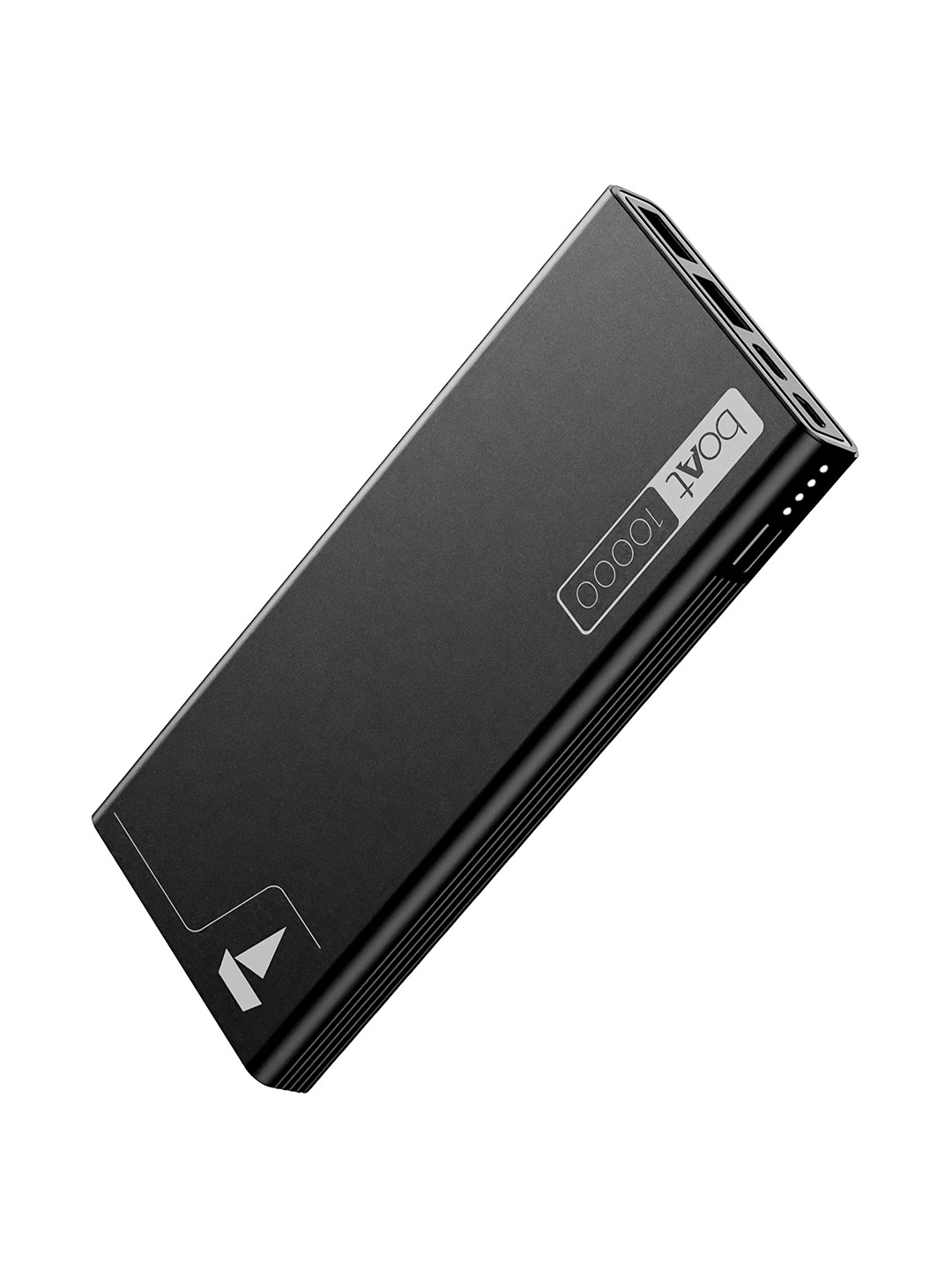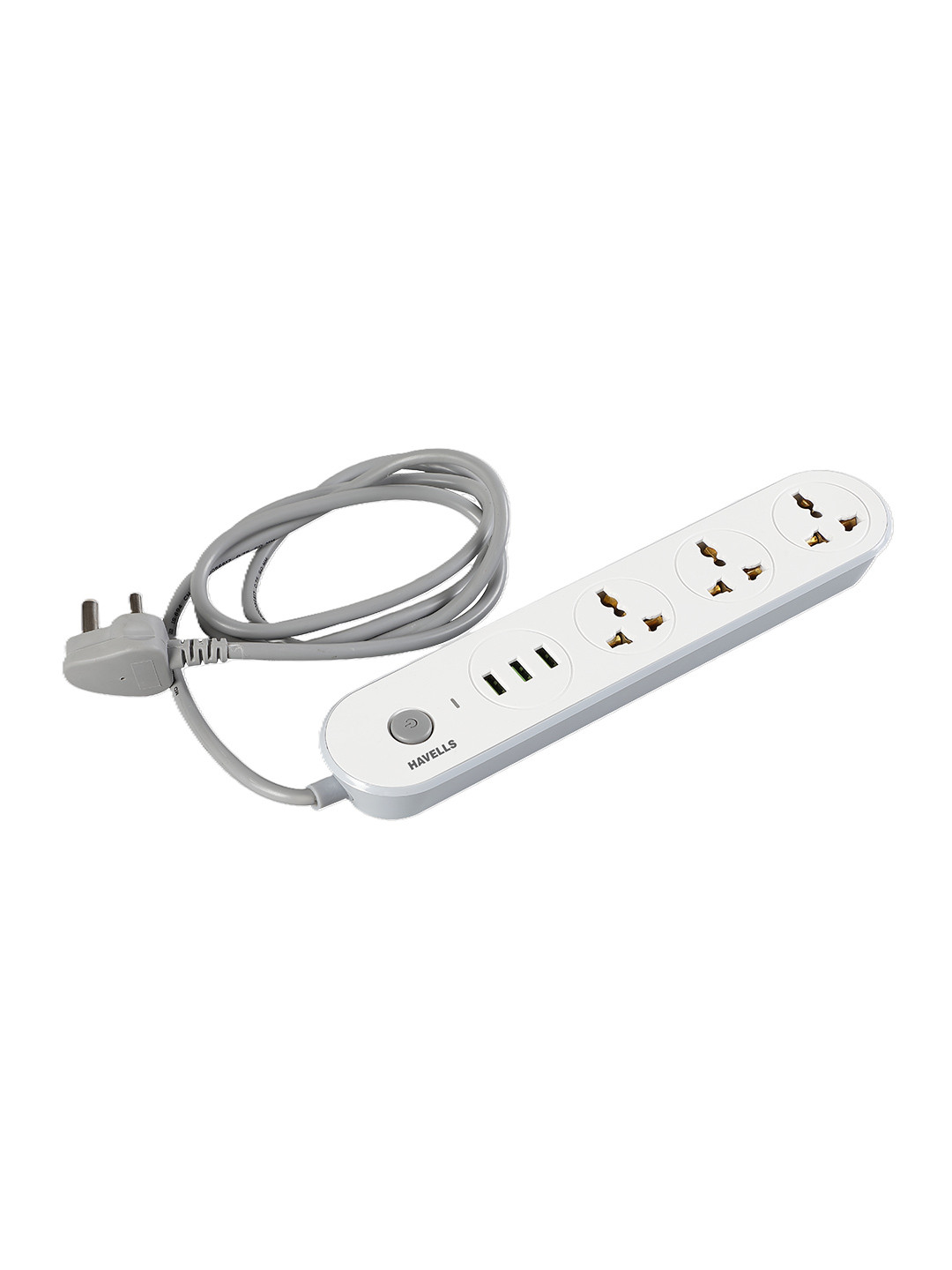How To Use A Laptop Docking Station For A Dual Monitor Setup: Step-by-Step Guide To Boost Productivity
In a world where multitasking has become a daily art, a dual-monitor setup transforms an ordinary desk into a productivity powerhouse. This is how to set up your dual-monitor system with ease and style. Also, check the top picks from Samsung, Dell to Acer.

How To Use A Laptop Docking Station For A Dual Monitor Setup: Step-by-Step Guide
Picture this: a busy weekday morning, a steaming cup of filter coffee by your side, and the laptop screen brimming with open tabs. Between the emails, video calls, and a spreadsheet or two, that little 14-inch display suddenly feels suffocating. A dual-monitor setup can change that experience entirely. It's like stepping from a crowded local train into an air-conditioned metro, same journey, just smoother, more comfortable, and undeniably efficient.
With a docking station, setting up two monitors doesn't have to be an elaborate ritual involving tangled cables and frustrated sighs. It's straightforward, smart, and surprisingly satisfying once everything clicks into place. This guide breaks down exactly how to use a laptop docking station for a dual-monitor setup, making your desk both functional and impressive. Check our list of top picks, from Lenovo, Samsung, Dell, to Acer.

Using A Laptop Docking Station For Dual Monitors? Top Steps For Peak Productivity Every Day.
Photo Credit: Pexels
Getting Started: Building The Perfect Dual-Monitor Setup With A Docking Station
1. Understanding What a Docking Station Really Is
A docking station acts like a bridge between your laptop and the rest of your workspace. Think of it as a friendly middleman that lets your laptop talk to multiple devices, monitors, keyboards, mice, speakers, and even external storage, all through a single connection.
Instead of plugging and unplugging multiple cables every time you set up your laptop, you simply connect it to the docking station, and voilà! Your entire workstation comes to life. Most modern docking stations connect via USB-C or Thunderbolt ports, which are designed for speed and versatility.
A good docking station eliminates the chaos of cable clutter, keeps your desk neat, and saves you time. For professionals who switch between home and office setups, it's a quiet game-changer. It makes your laptop feel more like a desktop, stable, powerful, and ready for anything.
2. Choosing the Right Docking Station for Your Laptop
Not every docking station will work with every laptop. Before you rush to add one to your cart, check your laptop's ports. Does it have USB-C, Thunderbolt 3, or the classic HDMI? Compatibility is key.
If your laptop supports Thunderbolt, opt for a Thunderbolt docking station, it delivers faster data transfer and smoother display performance. On the other hand, a USB-C docking station works perfectly for most modern devices and costs less.
Also, pay attention to the number of display outputs. For a dual-monitor setup, the docking station should have at least two HDMI or DisplayPort outputs. Some even come with additional USB ports for your peripherals, Ethernet for stable internet, and SD card readers for quick file access.
Investing in a reliable docking station, perhaps around ₹6,000–₹12,000, ensures long-term stability and reduces tech headaches. A cheap, unbranded one might save money upfront but can lead to flickering displays or unstable connections.
Also Read: Top 5 Gaming Monitors Under ₹10,000 That Do Not Compromise On Play
3. Setting Up the Hardware – The Right Way
Start with your monitors placed comfortably side by side, ideally at eye level. Connect both monitors to the docking station using HDMI or DisplayPort cables. Then, connect the docking station to your laptop, usually through a single USB-C or Thunderbolt cable.
Once everything's plugged in, power up your laptop. Within moments, your monitors should spring to life. Most laptops detect external displays automatically. If they don't, a quick trip to your display settings will fix it.
Arrange your monitors virtually the same way they sit on your desk. This makes moving the cursor across screens feel seamless. Also, check your power connections, many docking stations can charge your laptop simultaneously, saving you an extra plug point.
A small tip: avoid running the cables across the desk like railway tracks. Use cable clips or a sleeve to keep things tidy. A clean setup not only looks good but also helps you focus better.
4. Configuring Display Settings for Dual Monitors
Once your docking station and monitors are connected, head to your laptop's display settings. You'll find options to “Duplicate,” “Extend,” or use “Second screen only.” Choose Extend, it lets you use your monitors as a wide digital workspace.
You can drag windows between screens, open your email on one side and your presentation on the other, or edit photos while referencing notes. It's multitasking at its most elegant.
Adjust the resolution of each monitor for the best visual balance. If one looks brighter or sharper than the other, tweak the brightness and scaling so they blend naturally. For long work hours, enable night mode or blue-light filters, your eyes will thank you.
Once you've customised your layout, the setup will automatically remember it every time you reconnect your laptop. Effortless, isn't it?
5. Managing Power and Connectivity
A well-chosen docking station doesn't just expand screens, it manages power efficiently too. Many models deliver up to 100W of charging power, keeping your laptop fully charged while running dual monitors. This means no more juggling between the charger and display cables.
Additionally, docking stations come with extra USB ports for your keyboard, mouse, or external hard drives. Plug them in once, and you're sorted. Some even have Ethernet ports for wired internet, a blessing if your Wi-Fi decides to play hide and seek during a client call.
If you're using power-hungry devices like external SSDs or speakers, consider a docking station with its own power adapter. This prevents overloading your laptop's USB-C port and keeps everything running smoothly. Reliable power management ensures uninterrupted performance, even during marathon work sessions.
6. Positioning Your Monitors for Maximum Comfort
A dual-monitor setup is about more than just plugging in screens; it's about creating a comfortable visual flow. Place your main monitor directly in front of you, that's your “home screen” for daily tasks. The secondary monitor can sit slightly angled, ready for reference materials, chats, or side projects.
Keep both screens at eye level, about an arm's length away. This posture reduces neck strain and keeps you focused. If your table height is fixed, use monitor stands or even sturdy books to raise the screens evenly.
Lighting also matters. Avoid glare from windows or overhead lights. A soft desk lamp beside your monitors adds warmth and prevents eye fatigue. Think of your workspace like a mini command centre, balanced, efficient, and calming.
7. Troubleshooting Common Docking Station Issues
Even the smoothest setups can have hiccups. Sometimes, a monitor refuses to turn on, or the laptop doesn't detect one of the displays. Start by checking the basics: cables, ports, and power supply. A loose HDMI cable can cause more drama than you'd expect.
If one screen keeps flickering, update your laptop's graphics driver. Outdated drivers are often the hidden culprits. Restarting both the laptop and docking station usually resets the connection.
In case you face lag or stuttering video playback, ensure the docking station supports the monitor's refresh rate. For ultra-HD screens, a Thunderbolt dock is usually better than a regular USB-C one. Patience helps here, most issues have simple fixes, and once sorted, your setup will run like clockwork.
8. Maintaining Your Docking Station Setup
Once everything's working perfectly, a little upkeep goes a long way. Dust and cables are sworn enemies of smooth setups. Use a soft cloth to clean your docking station and monitors regularly. Keep cables loosely coiled to prevent damage at the ends.
Avoid unplugging the docking station roughly or frequently. These tiny connectors can wear out with excessive force. When not in use, switch off the power to prevent overheating.
If you're working in a humid environment, consider a small dehumidifier nearby, moisture can quietly corrode ports over time. Periodic maintenance keeps your setup reliable and visually pleasing, ensuring that every morning you return to a workspace that feels organised and ready for action.
9. Benefits of a Dual-Monitor Docking Station Setup
The perks of a dual-monitor setup go beyond aesthetics. Productivity skyrockets when you can compare documents side by side, edit videos with expanded timelines, or keep chat windows open without minimising your main work.
For students, it's a dream during research, notes on one screen, references on another. For professionals, it means quicker workflow and fewer tab-juggling moments. The sense of freedom it brings is hard to describe until you experience it.
Financially, it's also a smart move. Instead of investing in a desktop, a ₹8,000 docking station can convert your laptop into a versatile workstation. It's value and convenience rolled into one, offering flexibility that grows with your needs.
10. Making Your Setup Future-Proof
Technology evolves faster than monsoon traffic, so it's wise to plan ahead. Opt for a docking station that supports 4K displays and higher bandwidth ports like Thunderbolt 4 or USB4. These features ensure compatibility with future laptops and monitors.
Consider a model with multiple USB-A and USB-C ports, useful for adding new gadgets later. Firmware updates can also keep your dock performing optimally; check the manufacturer's site occasionally for updates.
Cable management accessories and adjustable monitor arms can further enhance your workspace. A thoughtfully chosen setup today can last years, evolving gracefully with your tech upgrades and workflow changes.

How To Use A Laptop Docking Station For A Dual Monitor Setup
Photo Credit: Pexels
Products Related To This Article
1. Samsung 27" (68.6 cm) S3 Flat Monitor
2. Dell P2725H 27 Inch FHD IPS Monitor
3. Acer EK220Q 21.5 Inch (54.61 cm) Full HD (1920x1080) Pixels VA Panel LCD Monitor with LED Back Light
4. MSI PRO MP223 E2, 21.45 Inch (54.48 cm)
5. Lenovo Legion R25f-30, 25 Inch (63.50cm)
Setting up a dual-monitor workstation with a laptop docking station isn't just about technology, it's about creating a workspace that matches your rhythm. Whether you're designing, coding, teaching, or managing a business from home, this setup helps balance efficiency with comfort.
It's a subtle reminder that small investments, in time, attention, and equipment, can dramatically change how we work. Once you experience the ease of gliding your mouse across two screens, there's no going back to the single-screen struggle.
So, grab that docking station, connect those monitors, and transform your desk into a productivity hub that feels as sleek as it looks. The upgrade isn't just for your laptop, it's for your everyday work experience.
Disclaimer: The images used in this article are for illustration purpose only. They may not be an exact representation of the products, categories and brands listed in this article.
























